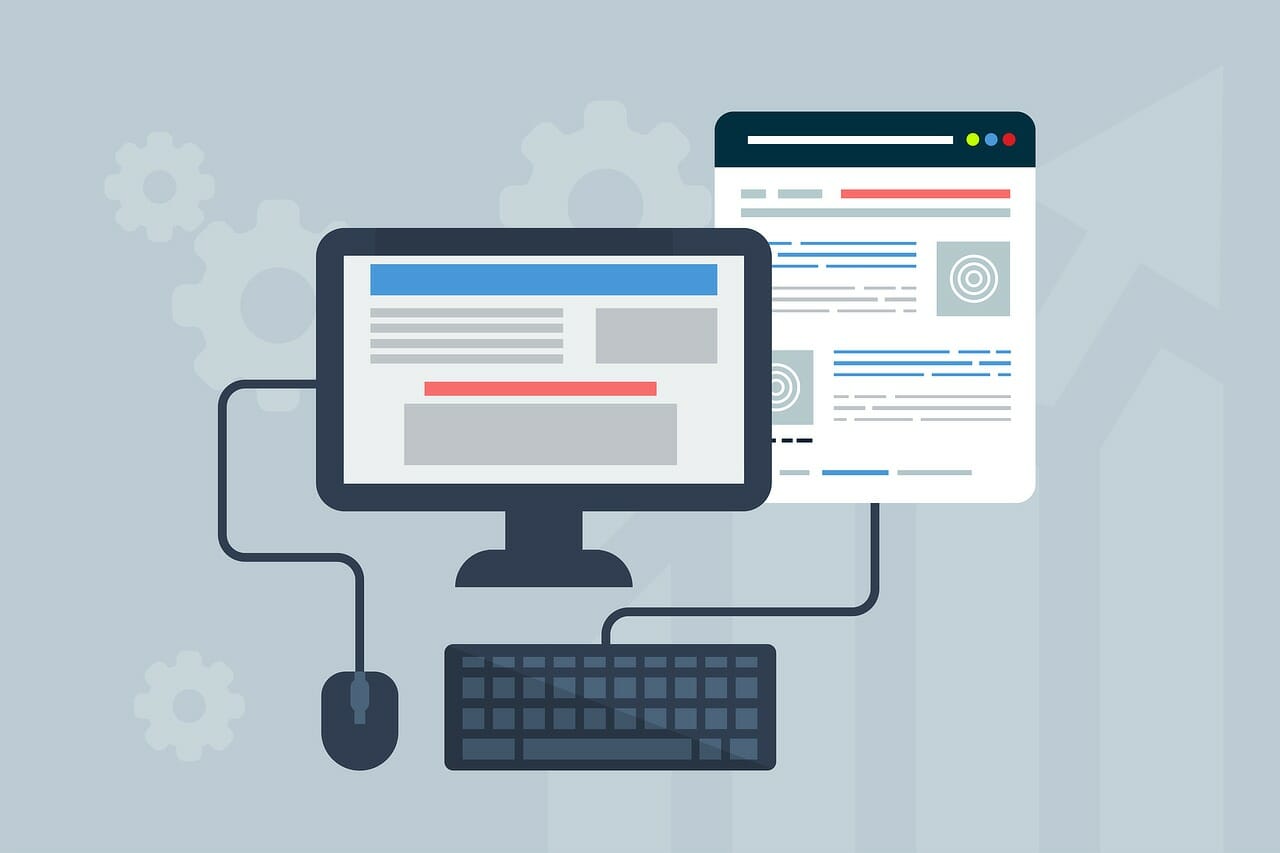3 Critical Website Design Elements to Maximize User Experience
A website is your business's digital home. Website design related to user experience is the first and foremost important factor to consider with your site if you want to ensure a return on your investment.
75% of users admit to website design being their basis for judging a company's credibility” (Stanford web credibility research)

Here are 3 critical website design considerations that can make or break the user experience and success of your website.
- Mobile Responsiveness & Web Optimized
Mobile phones account for 58.26% of all web traffic as of May 2022. This means how your website looks on mobile matters even more than how it looks on desktop.
Consider:
- Is your site optimized for different browsers?
- Is the user experience the same between desktop and mobile?
- Are meta tags, header tags, image alt tags, and everything in the back-end correct to support SEO ranking for your site?
Weebly, Squarespace, and other template web builders say they are ‘optimized’ yet in reality, many templates provide limitations with customizing your site's user experience for your exact wants and needs.
- Visual Web Design
Aesthetics and visual design required strategically selecting every element - color, fonts, and supportive imagery. This creates synergy between the visitor's experience and your business and brand. It also influences if they like and want to continue on your site (or return).
Consider:
- Web sites that look sleek, professional, and of high quality enhance the trust and creditability of your visitors and their user experience
- It relays perceived high quality - “if the site looks this good, then their service and products must be as well.”
- This also works vice-versa where a terrible user experience and outdated website might create a bad impression about your products or services
Regularly updating the look and feel of your website is a smart move. It will enhance SEO in addition to keeping up to date with changing user expectations of what they want from a website experience. Web crawlers such as Google prioritize websites that are regularly updated and show up higher in ranking, as they assume those that haven’t been updated in ages aren’t as active as those that are.
- Speed
When it comes to user experience, the speed at which they can navigate your site is the crucial element of their overall experience and opinion of your website.
Consider:
- How fast does your website load?
- How large are the images sizes and content?
- Can they be cached to help your site load faster for repeat visitors?
- Does your site use cookies to support user experience for return visitors?
Research has shown that 53% of mobile visitors abandon a site if it takes longer than 3 seconds to load! Test your site to see how long it takes to load using Browser Stack (SpeedLab)
In Conclusion
User experience comes down to intuitive design for your target customer. If done properly, it builds trust and creditability for both first-time visitors and repeating customers.
Consider updating your site with a seasoned web designer so you can check all the boxes, maximizing your website's user experience so that the web traffic you get transforms into loyal, paying customers.